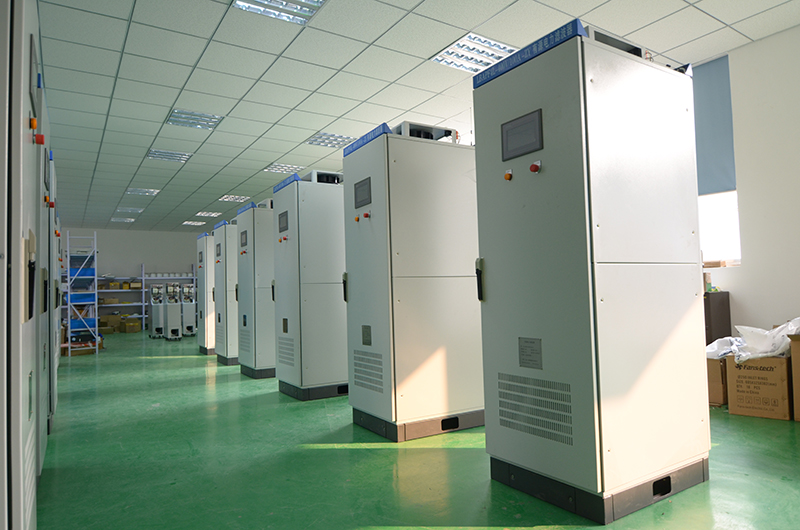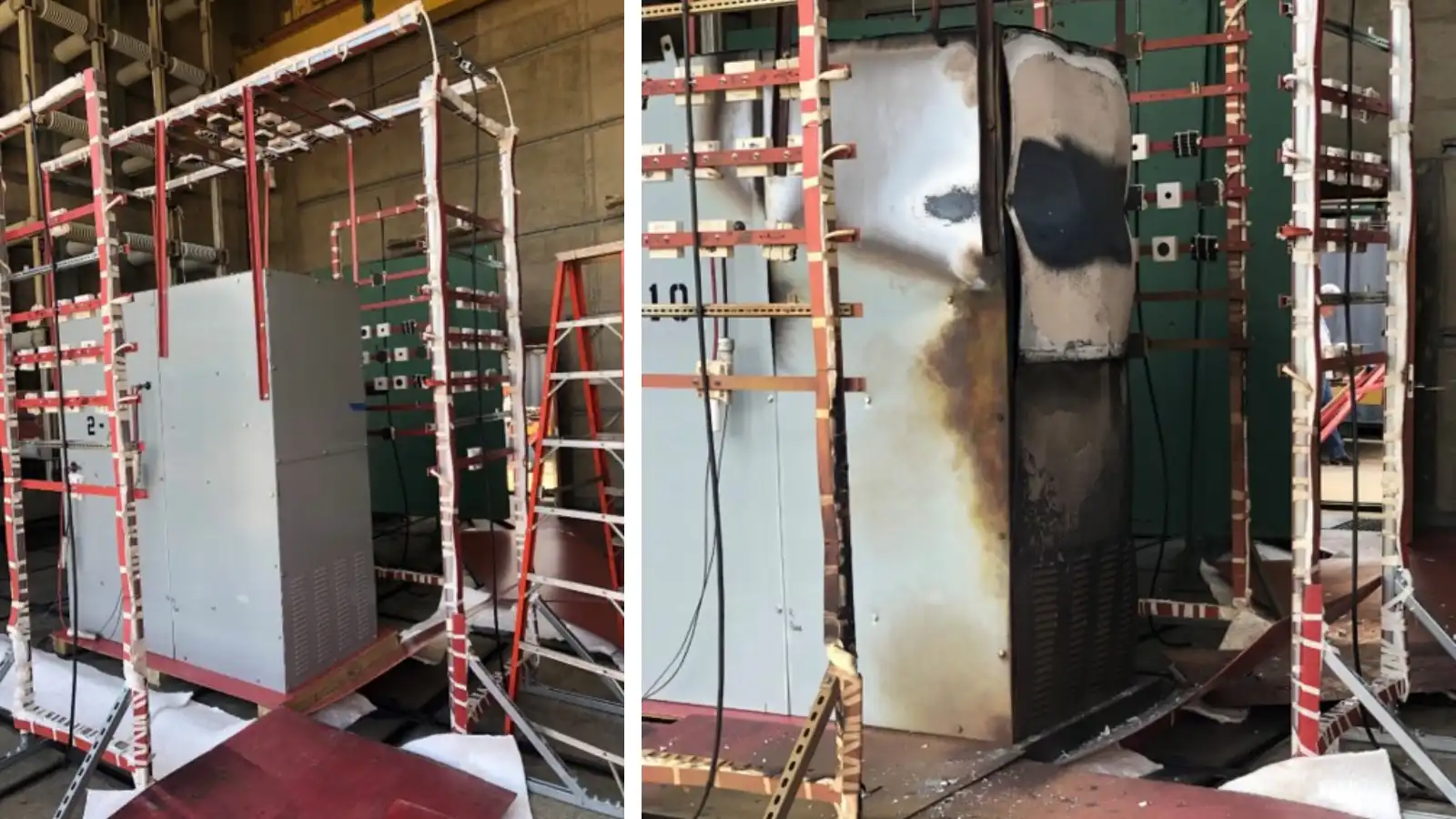What are the sources of harmonics and their effects?
HARMONICS SOURCES
Harmonic distortion is formed as a result of non-linear loads and switching processes. These waveform sources can be found in engineering installations with KVA values in the thousands. The following are the primary harmonic sources in power systems:
- Because of transformer windings and magnetic capacity in stators and rotors of electrical machinery
- Magnetic saturation in the transformer core
- As a result of rectifiers and inverters
- Because of nonlinear loads
- Machines that Rotate
Harmonic distortion can be caused by anomalies in stator and rotor slots or by winding patterns in revolving devices. As a result, these harmonics generate emf. However, these harmonics are insignificant in comparison to variable speed drives.

When a transformer works near the saturation zone, an excessive magnetic flux is created via the core. Because of the excessive magnetic flux, the linear growth in magnetic flux density is limited. When a transformer functions, it experiences core saturation.
- Greater than the rated power
- Greater than the rated voltage
Peak hour voltages cause harmonics to be produced at rated power. A transformer operates on a saturation area, resulting in non-linear magnetizing current, which creates odd harmonics and distortion owing to hysteresis losses. Distortion is caused by triplen harmonics, but mostly by the third harmonic. The delta connection is used to limit the transformer’s third harmonic current. This aids in the preservation of a supply voltage with a reasonable sinusoidal waveform.
Electronic Power Converters
Electronic converters are widely used in both household and industrial applications. Single phase rectifiers are relatively popular converters used in home and industrial applications, however three phase converters are more harmful than single phase converters because they create third order harmonics, which are more destructive for the power system.
Arcing Instruments
The arc welder’s electric arc furnaces and discharge type lighting (arc furnace, sodium vapor, fluorescent) for magnetic (rather than electronic) ballasts are the primary harmonic producers in this category. Harmonics are created in industry as a result of arc furnaces. As a result, as the arc lengthens, the voltage in the power system decreases.

Future Harmonic Sources
It is a problem for electrical system designers to create such an instrument for residential and industrial usage that operates at a harmonic level. Harmonics are formed as a result of the widespread usage of sensitive electrical and technological gadgets, making the situation extremely perilous in the near future. Because of the widespread usage of switching devices and instruments, harmonics are created that will be extremely damaging in the near future. Harmonics are created during peak hours due to scattered generators.
THE IMPACT OF HARMONICS
Harmonics are extremely hazardous to the remaining power system and the equipment connected to it. The following are the primary impacts of voltage and current harmonics in the power system:
- The possibility of harmonic level amplification due to series and parallel resonances
- Power factor deterioration
- Phase and neutral conductor overheating
- Because to harmonics, generator efficiency is decreasing day by day.
- Transformer eddy current and hysteresis losses
- Overheating of system components such as generators, motors, and transformers, among others.
- Extra current flowing through power capacitors
- Increase the usable life of incandescent lights
- Boost the skin and proximity effects
- Telecommunications interfering issue
- Has an impact on the relay protection system
The primary need of today’s power system is that the harmful effects of harmonics on the power system be avoided by adequate design of filters, either active or passive.
CONCLUSION
Harmonic distortion is a critical concern in maintaining power quality. According to the results, harmonics are reduced by utilizing active shunt filters. Harmonics affect not just the power quality but also the usable life of the power apparatus. It is linked to the primary components of the power system, such as transformers, synchronous motors, power converters, and electrical furnaces. Because these components are always linked to the power supply, harmonics are a constant problem in the basic signal. As a result, mitigating this distortion is critical. Harmonics analysis is also highly useful for studying all of the repercussions and losses that we must suffer.



